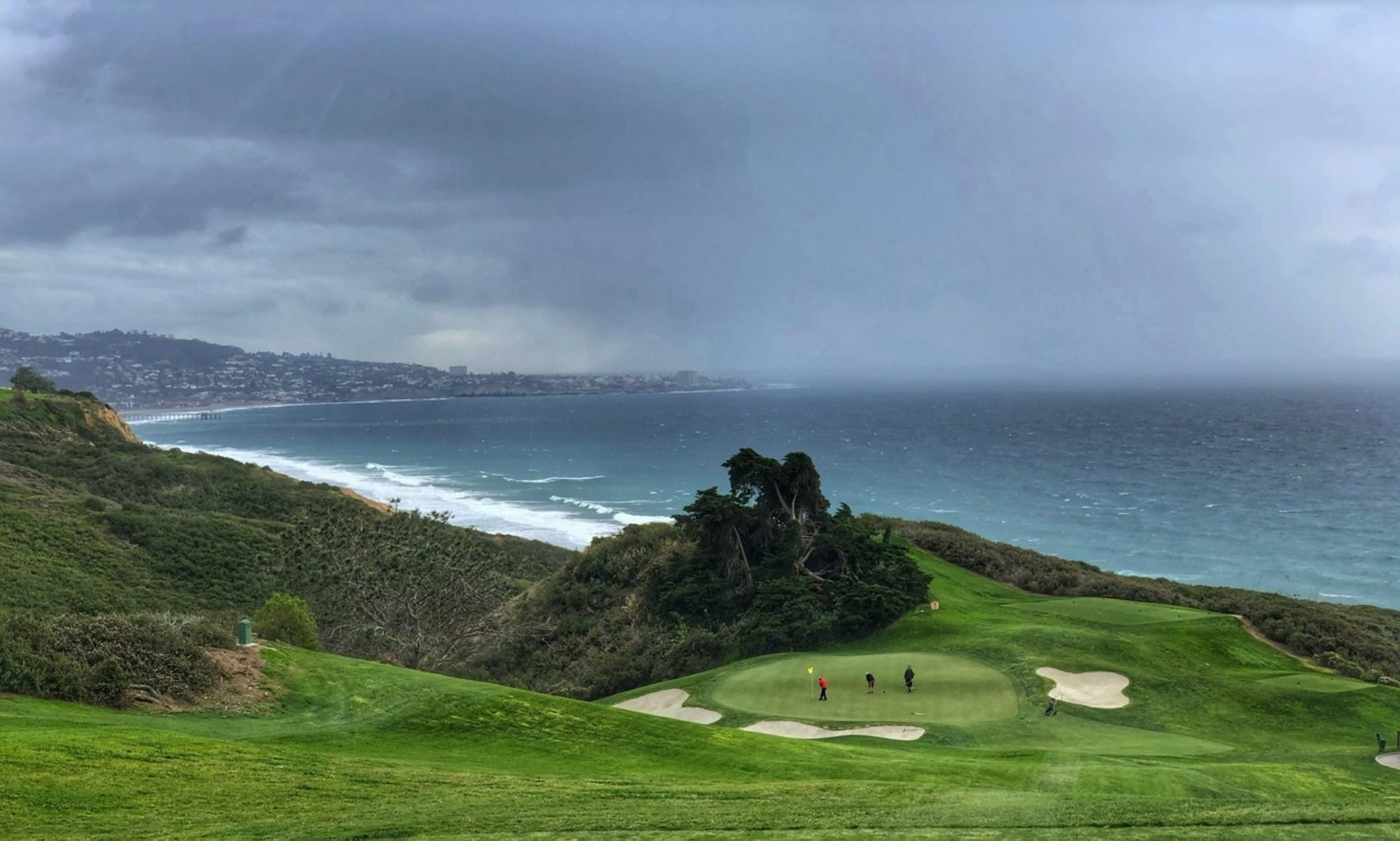How Real Estate Speculation Helped Spark the American Revolution
Everyone learns the American Revolution was about liberty, rights, Enlightenment ideals, and maybe some cranky guys in Boston who took their tea way too seriously.
But there’s another story (highlighted in Ken Burns documentary on the Revolutionary War) — the property story — where the Revolution looks less like a philosophical uprising and more like a group of wealthy Virginians who believed deeply in freedom, self-determination, and their God-given right to buy land west of the Appalachians and flip it for profit.
This is that story.
The story of land, liberty… and one spectacularly failed frontier real-estate venture called Vandalia.
⸻
1. Before They Were Founders, They Were the Original Real Estate Syndicate
The Virginia gentry of the 1760s weren’t just planting tobacco and writing political pamphlets.
They were busy accumulating land like it was a colonial version of Monopoly.
The roster of early-American real estate titans included:
George Washington
If Washington were alive today, he’d be on HGTV explaining riverfront parcels and ROI on Kanawha Valley acreage. The man owned tens of thousands of acres in the Ohio River Valley, much of it technically illegal under British law — a detail he resolved by ignoring British law.
Thomas Jefferson
Dreamed of a nation of yeoman farmers cultivating the American West… on lands Jefferson already had his eye on.
Patrick Henry
Before “Liberty or Death,” he might as well have said, “Kentucky land grants or a very stern letter.”
George Mason
Wrote the Virginia Declaration of Rights and bought frontier acreage in roughly the same breath.
Richard Henry Lee
The man who proposed independence also proposed a number of highly optimistic western land investments.
This group was less “Founding Fathers” and more “Colonial Berkshire Hathaway.”
Their philosophy was simple:
Buy cheap, survey often, hope the Crown doesn’t notice.
⸻
2. Enter Britain, Stage Left, With a Giant ‘No Trespassing’ Sign
After the French & Indian War, Britain was:
• Broke
• Tired
• Allergic to further Native wars
• Deeply suspicious of ambitious Virginians with surveying equipment
So in 1763, the Crown issued the Proclamation Line, banning settlement west of the Appalachians.
This did not sit well with men who had already purchased, surveyed, subdivided, or preemptively named half of West Virginia.
Then came the Quebec Act of 1774, which effectively reassigned part of the Ohio region to Canada.
To Virginians, this was like finding out your beachfront condo had been rezoned as “Greater Toronto.”
If Parliament wanted to anger Americans, they were doing a stellar job.
⸻
3. The Shawnee Perspective:
“Stop Surveying Things That Belong to Us.”
Here’s the part land speculators usually glossed over:
People already lived there.
The Shawnee, along with the Mingo, Delaware, and other Ohio Valley nations, did not want Virginians marching in with compasses, boundary chains, and vague promises of “fair compensation.”
Their viewpoint was clear:
“This is our home.
You are not invited.
Please go back to Virginia.
They had just fought the French, fought the British, and now watched survey parties tromp across their hunting grounds like they were measuring for a golf course.
When Virginians pushed deeper, the Shawnee pushed back — diplomatically at first, then militarily.
Conflicts like Dunmore’s War (1774) were basically the Shawnee saying:
“I’m serious. Stop drawing lines on my land.”
Britain, trying to avoid more frontier wars, sided with the Shawnee.
This was completely reasonable…
and completely infuriating to land-hungry Virginians.
⸻
4. And Then There’s Vandalia:

Franklin’s Frontier Colony That Never Was
Benjamin Franklin, never one to miss a business opportunity, helped conceive Vandalia, a shiny new British colony carved out of what is now:
• West Virginia
• Kentucky
• Western Pennsylvania
Part real estate venture, part political project, part ambitious retirement plan, Vandalia would’ve had:
• Pittsburgh as the capital
• Tens of thousands of acres available for settlement
• Investors counting their profits before a single settler arrived
The plan actually received preliminary approval in London.
Then three things happened:
1. The British treasury panicked
2. The Shawnee objected (see above)
3. Virginia and Pennsylvania both screamed, “That’s our land!”
Finally the British said:
“Never mind. No Vandalia.”
Franklin’s investments evaporated, along with his patience for British land policy.
When a man loses a fortune, he reflects deeply on liberty.
⸻
5. The Ingredients for Revolution (Real Estate Edition)
By the 1770s, a combustible mixture had formed:
• Wealthy Virginians with land they couldn’t use
• Franklin with a failed colony he couldn’t build
• Veterans promised land grants they couldn’t claim
• A British government blocking westward expansion
• Shawnee nations refusing displacement
• A colonial belief that “freedom” meant expanding westward without London’s permission
Add taxes, stir gently, and light with a spark from Lexington and Concord.
Voila.
Revolution.
⸻
6. So Did America Fight for Liberty or Land?
Yes.
Both.
The founders passionately believed in:
• Natural rights
• Representative government
• Self-determination
• And turning a tidy profit on riverside acreage in the Ohio Valley
We aren’t cheapening the Revolution by saying this.
We’re telling the truth in full.
America was absolutely founded on high ideals —
and also on an epic real estate dispute.
⸻
7. The Bottom Line
The Revolution wasn’t just about Parliament and taxes.
It was about a tug-of-war between:
• British officials trying to avoid frontier wars
• Shawnee communities fighting for their homeland
• Virginia gentlemen defending their right to buy land they didn’t live on
Freedom and property were so intertwined that by 1776, the Founding Fathers could barely tell them apart.
So yes — America was born out of liberty, Enlightenment ideals…
and a very early form of frontier real-estate frustration.






















